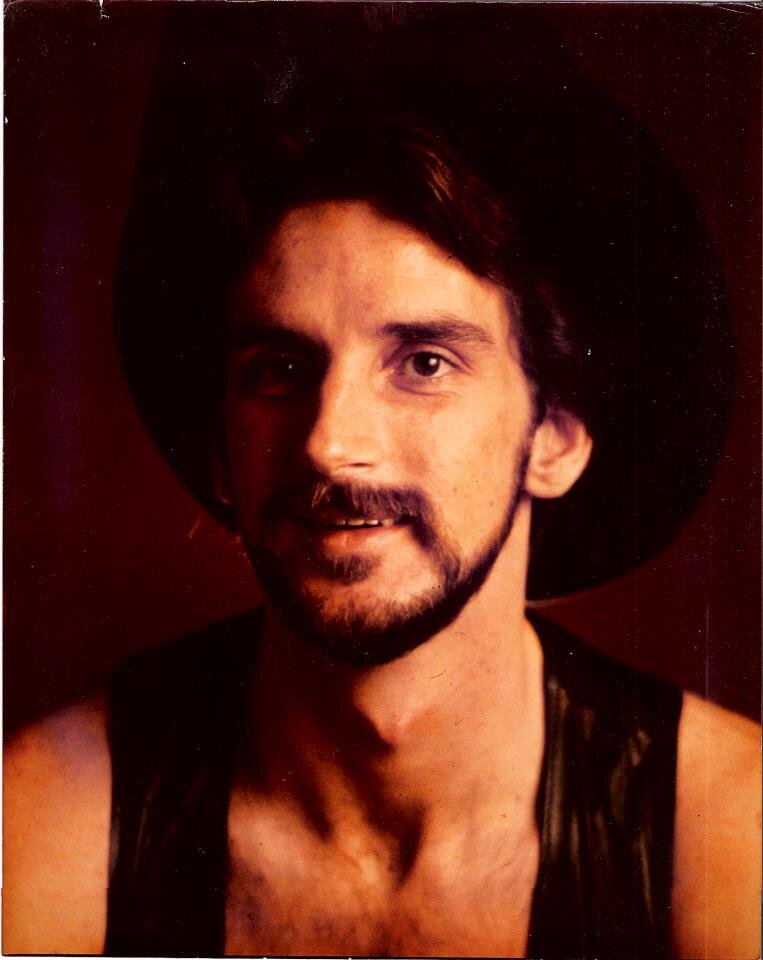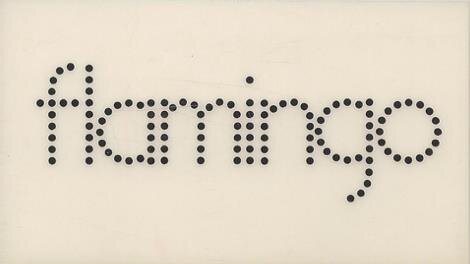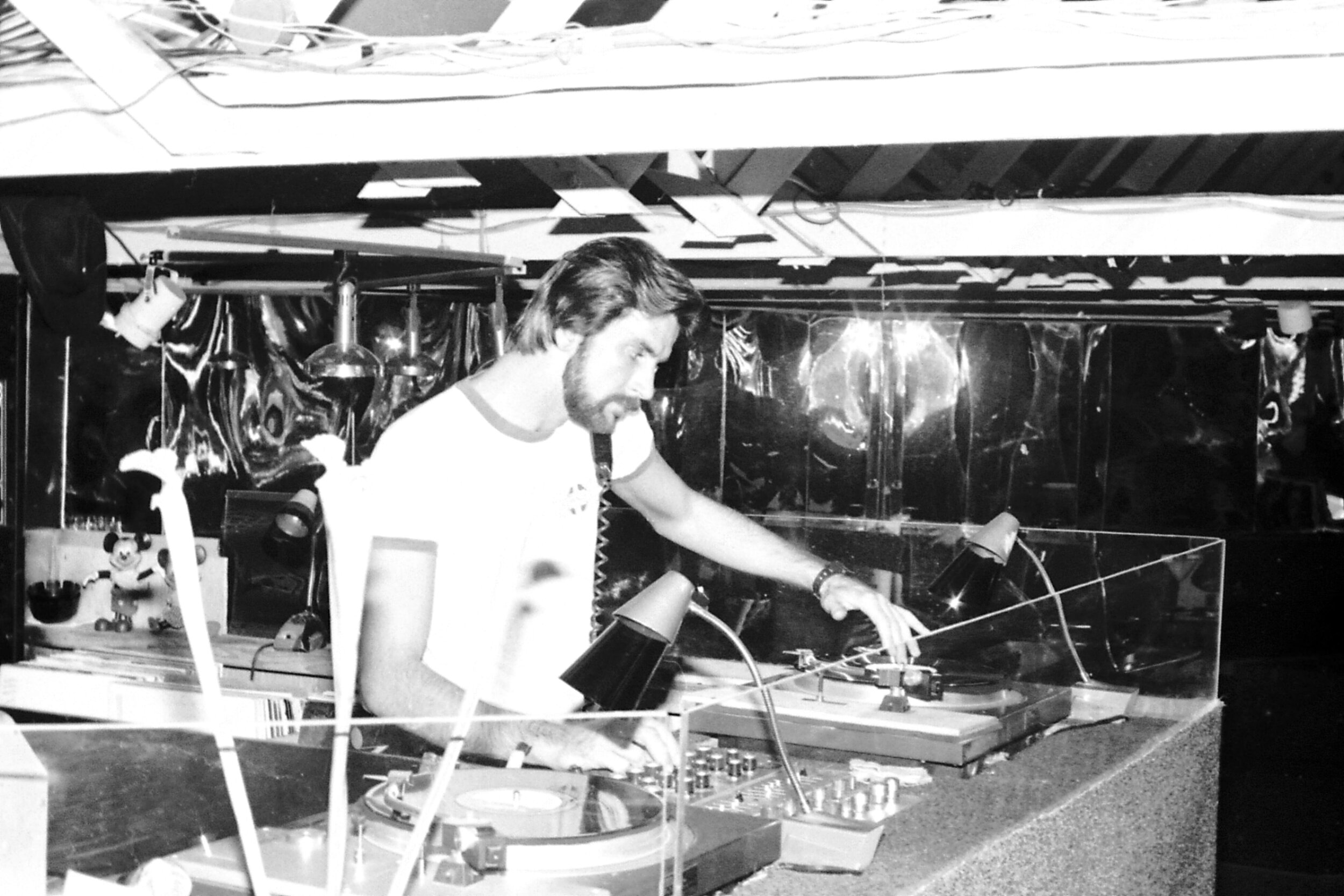DJ Roy Thode
DJ Roy Thode Ice Palace 1980
ROY THODE
1949-1982
bio by Marsha Stern
Roy Thode, a native New Yorker from Long Island, moved to the city in his early 20’s after establishing his DJ skills as a young man growing up in Wantaugh. Roy was perhaps best known for being the DJ for “Saturday Nights at the Ice Palace” in Cherry Grove. His NYC DJ career was highlighted with residencies at both Studio 54 and The Saint however it was the Long Island Gay club scene that fueled and created the foundation for Roy’s illustrious career as perhaps one of the best technical DJ’s of his era.
The music played in bars & clubs at the time Roy was growing up was predominantly from a jukebox. Disco had not yet been invented. And neither had the 12″ single. ‘Compact tapes’ like cassettes and 8-tracks were all the rage along with albums and 45’s as staples in the record stores. In the ‘early days’ Roy’s friend and mentor Bob Lombardi, began mixing with 8-track tapes. It was a unique set up, more radio broadcasting equipment than what we are now familiar with in the DJ booth. This system evolved into turntables and a mixer, especially as the 8-track tape became obsolete. Ultimately vinyl and turntables became the tools for DJ’s as more and more clubs began to employ a DJ who played records live, replacing the jukebox for dancing music. Additionally, there was so much more creatively and technically that one could do with turntables and vinyl as opposed to the clumsy 8-track tapes. In the early ’70’s Roy honed his craft with Lombardi at a club called “The Corral”, where he was resident DJ. Around that time they met and became friends with Wayne Scott and Sharon White. Together the four friends explored the emerging sounds of the day. All of them became highly respected, influential and award winning Billboard Reporting DJ’s. Bob Lombardi moved to South Florida in the late 70’s where he was the house DJ for the Limelight. He had installed that fully functioning original 8-track system in his booth at the Limelight and integrated it with his other equipment, where I witnessed him mixing between vinyl and 8-tracks!
By 1976 Roy was living in New York City. He had already established himself as the ‘house DJ’ at the Ice Palace in Cherry Grove for summers and now his career expanded as he began to play at various venues in Manhattan like Les Mouches, a private club in Chelsea. In 1977 when Jimmy Merry opened his Ice Palace in NYC on West 57th Street, Roy opened the club and was the headlining DJ. He played there regularly becoming the featured DJ for the ever-popular Sunday Tea Dance during Fall, Winter & Spring months. Summers he always returned to Fire Island for his residency at the Ice Palace in the Grove.
During the summer of ’78, on numerous Saturday nights Steve Rubell was in Cherry Grove at the Ice Palace. It was toward the end of the summer that he asked Roy to come and DJ for him at Studio 54. After the summer season ended Roy added Studio 54 to the roster of NYC venues where he played music. The nights Roy worked, Thursdays and Sundays at ’54, became popular as ‘Unofficial Gay Nights’ as Roy had a devoted following of Fire Island friends and dancers that populated the club.
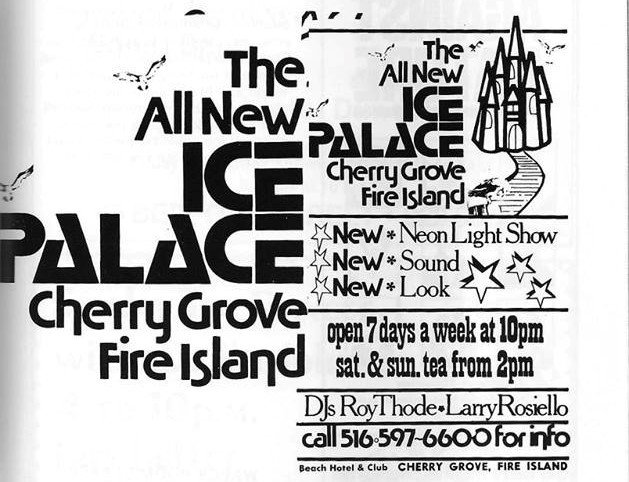

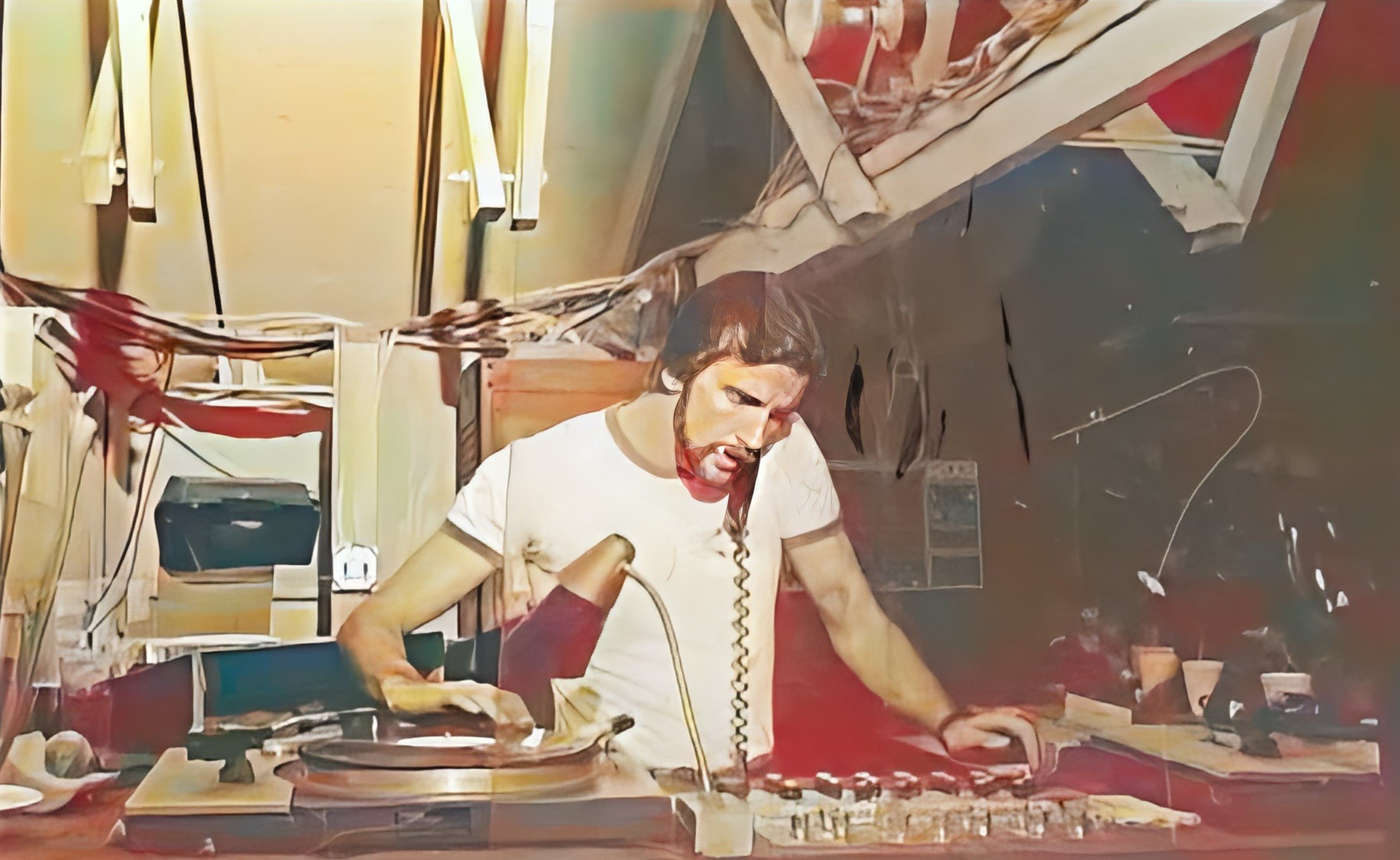
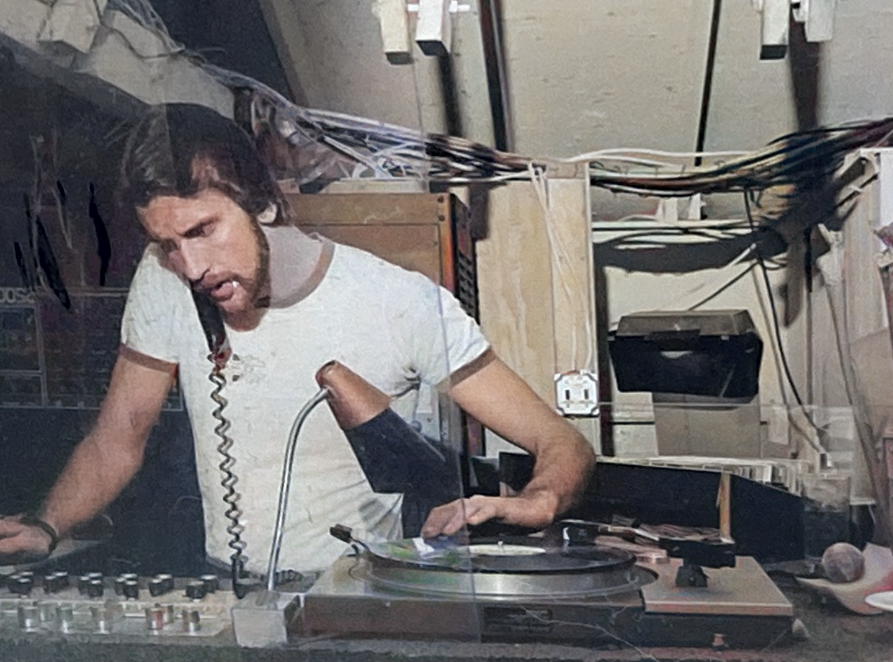
After 54 closed (Feb 1980) Roy began playing Thursdays at the Underground, a new club that had just opened on 17th Street at Union Square. Over the years Roy’s performances, outside of his regular gigs, included many special parties at clubs all over the USA as well as in Europe. In 1980 he was asked to be the DJ for the Olympic Village in Lake Placid at the Winter Olympic games, an incredible honor. He has the distinction of being one of the very few DJ’s (other than Larry Levan and his disciples) to have performed at the notable NYC landmark club Paradise Garage. He also played at Michael Fesco’s Flamingo, a private Gay club in NYC. Roy’s reputation as being a “magician” or a “wizard” behind the turntables led to many wonderful and unique opportunities as he spread his brand of joy to the dance floor.
“Just a Party”
Roy may have worked in the Grove and been an integral part of the Ice Palace however he was also an active resident of the Pines. In 1978 ‘Just a Party’ was the largest house party ever seen to date in the Pines. At Utopia, on Beach Hill and the bay, the pool was covered to make a dance floor, a full lighting rig was assembled complete with mirror balls and a Dj booth was built. Howard Merritt and Roy Thode played music while Jorge Vilardel ran the lights. (Jorge was one of the current lightmen from Flamingo and also IP57). Back then all the property behind Utopia between the end of Seaview Walk and the Great South Bay was undeveloped woodlands. A ‘private meat rack’ was created for the guests complete with Crisco cans conveniently attached to trees along paths. Photographer Tom Bianchi has photos from this outstanding event in his book “Fire Island Pines Polaroids 1975-1983”. It was a party like no other!!
Many will remember the infamous “turntable towers” at Nautilus and Ocean walks from that same summer, where Howard and Roy were among the housemates. Their Morning parties were always unexpectedly special, in fact it was at one of them that Mark Paul Simon from Casablanca records (who’s summer house was across the walk) brought over the newly pressed acetate of “MacArthur Park” by Donna Summer for it’s first public playing. The following summer, 1979, the summer of Beach, the iconic FIPFD fund raiser that not only raised enough funds to purchase a brand new fire truck but also set a precedent for parties in the Pines. Roy was originally scheduled to DJ the event with Howard. It was at the last minute, due to an emergency, that Roy had to be replaced by Jim Burgess.
The Pavilion 1980
Little known is the fact that Roy was somewhat influential in the opening of the Pines Pavilion in May of 1980. Some of Roy’s best friends had purchased the Sandpiper during the preceding winter and they looked to Roy for guidance, He was never to play at the Pavilion due to his commitment to the Ice Palace but that didn’t mean he couldn’t be loyal to his work and also a good friend by counseling his friends, now club owners even though most of them knew nothing about the nightclub/bar business. Needless to say, the Pines Pavilion became a hit and remains an institution in the Pines however initially it was Fridays and Sunday’s that were the big nights as Summers of 1980 and ’81 continued to see the Saturday migration from Pines to Grove, as it always had. Roy’s advice had helped his friends get off to a good start while not hurting his residence in The Grove.
A scheduled appearance at the Pavilion that never came to be…
The Saint 1980
The Fall of 1980 also saw another new club grace the New York Gay scene, a private club called The Saint was opened by Bruce Mailman and it changed the world, as we knew it. Roy first played at the Saint on Saturday Oct 25th and was consistently a regular part of the DJ roster. It is fair to say that Alan Dodd and Roy were known as The Saint’s “house DJ’s” those first years.
It was at the peak of Roy’s career that it ended. There are many stories surrounding Roy’s passing, most of them false. The simple fact is that he died of an apparent overdose in his apartment and was found on May 21, 1982 one week after his 33rd birthday. I unlocked the apartment door for the police to enter. He looked very peaceful. There was no blood, no violence and no obvious drama. That summer there were no Saturday migrations to the Ice Palace for dancing. That migration ended with Roy and is part of the legacy that remains with him to this day…as the man behind the turntables whose greatest pleasure was in making us happy.
A Fire Island Newspaper by Andrew Kirtzman.
1980 Disco Convention.










